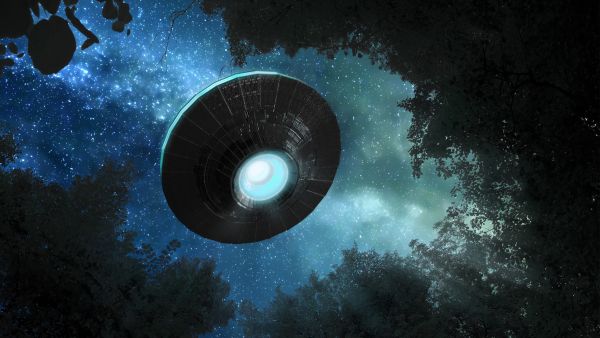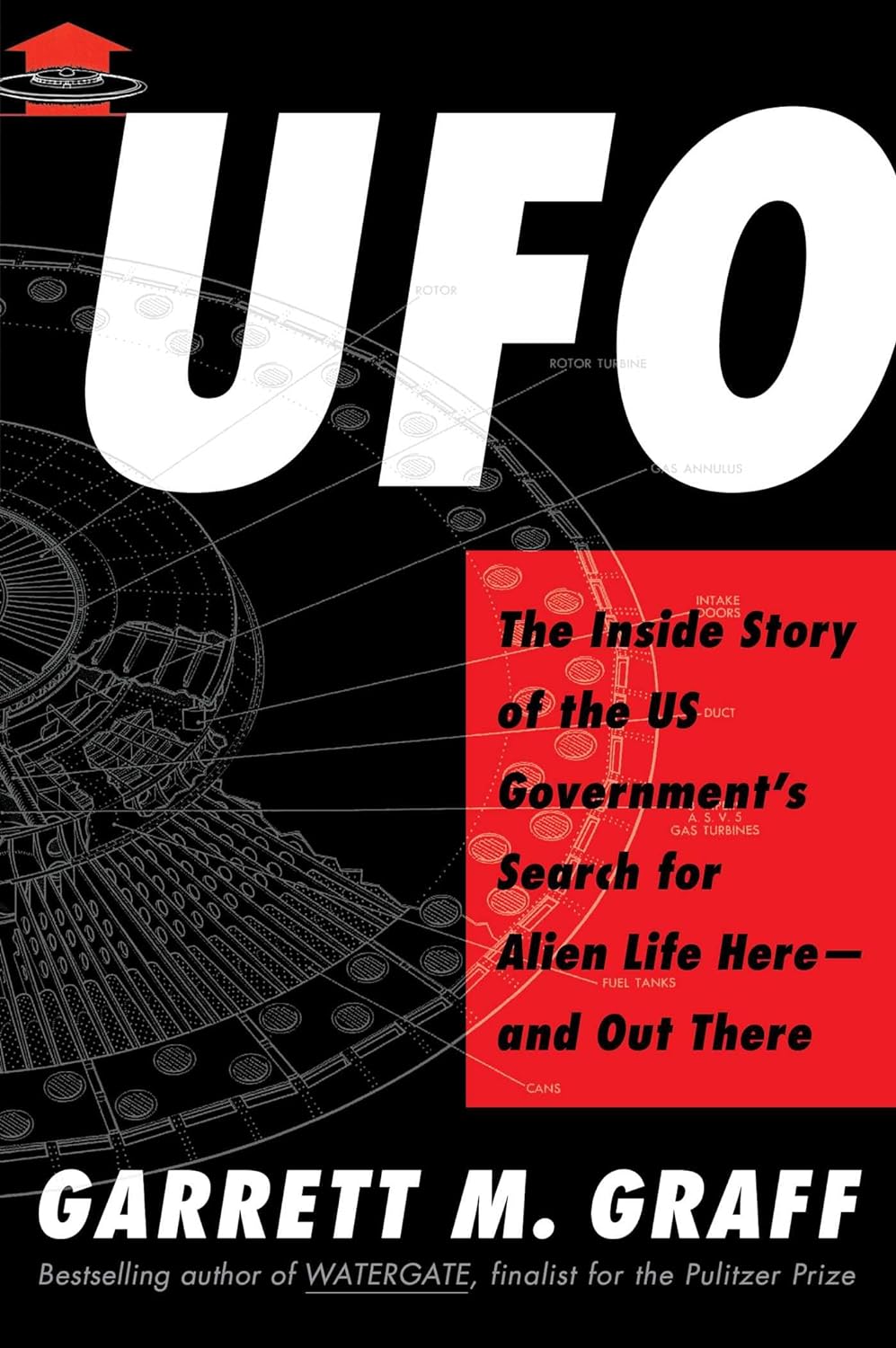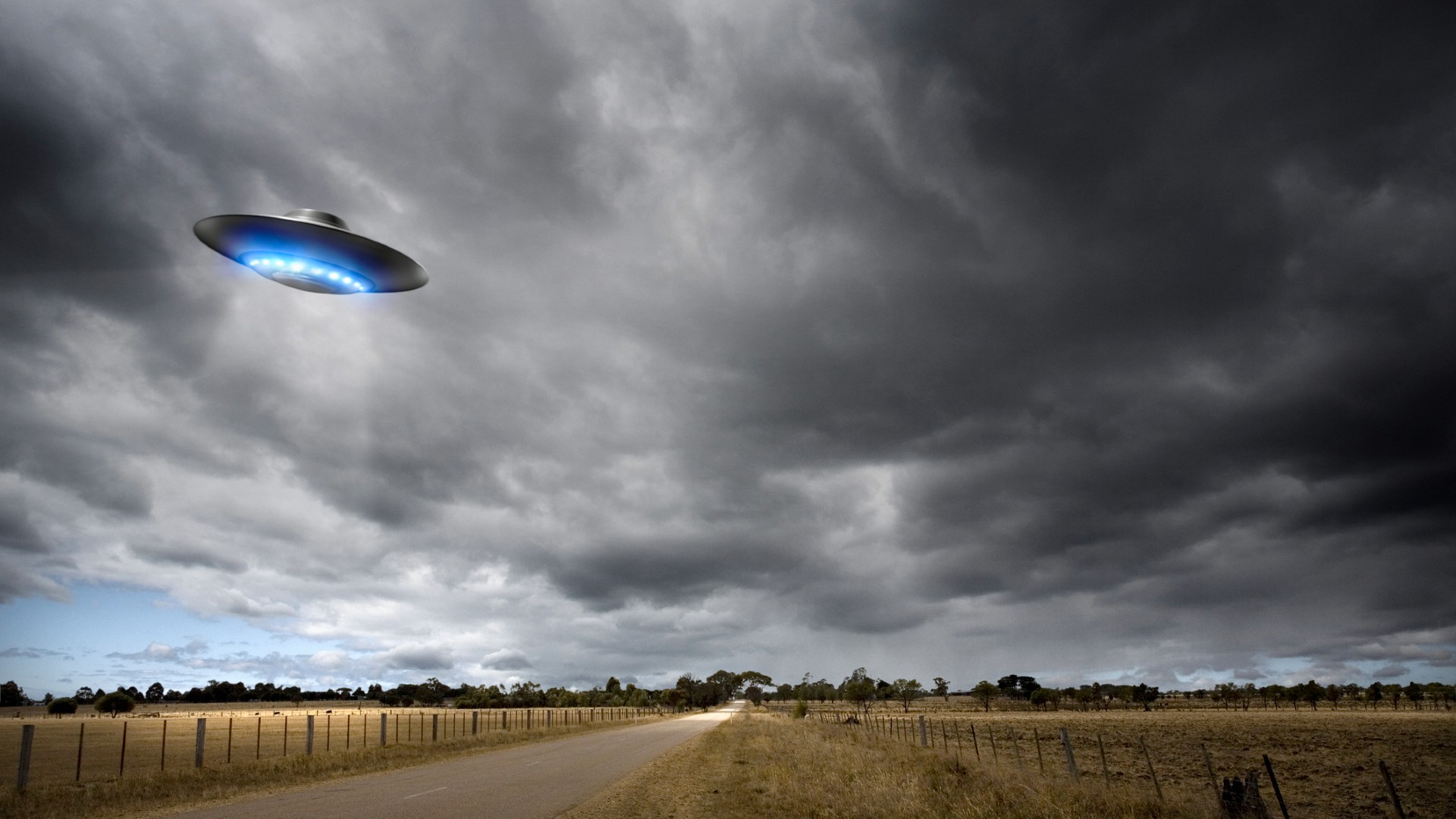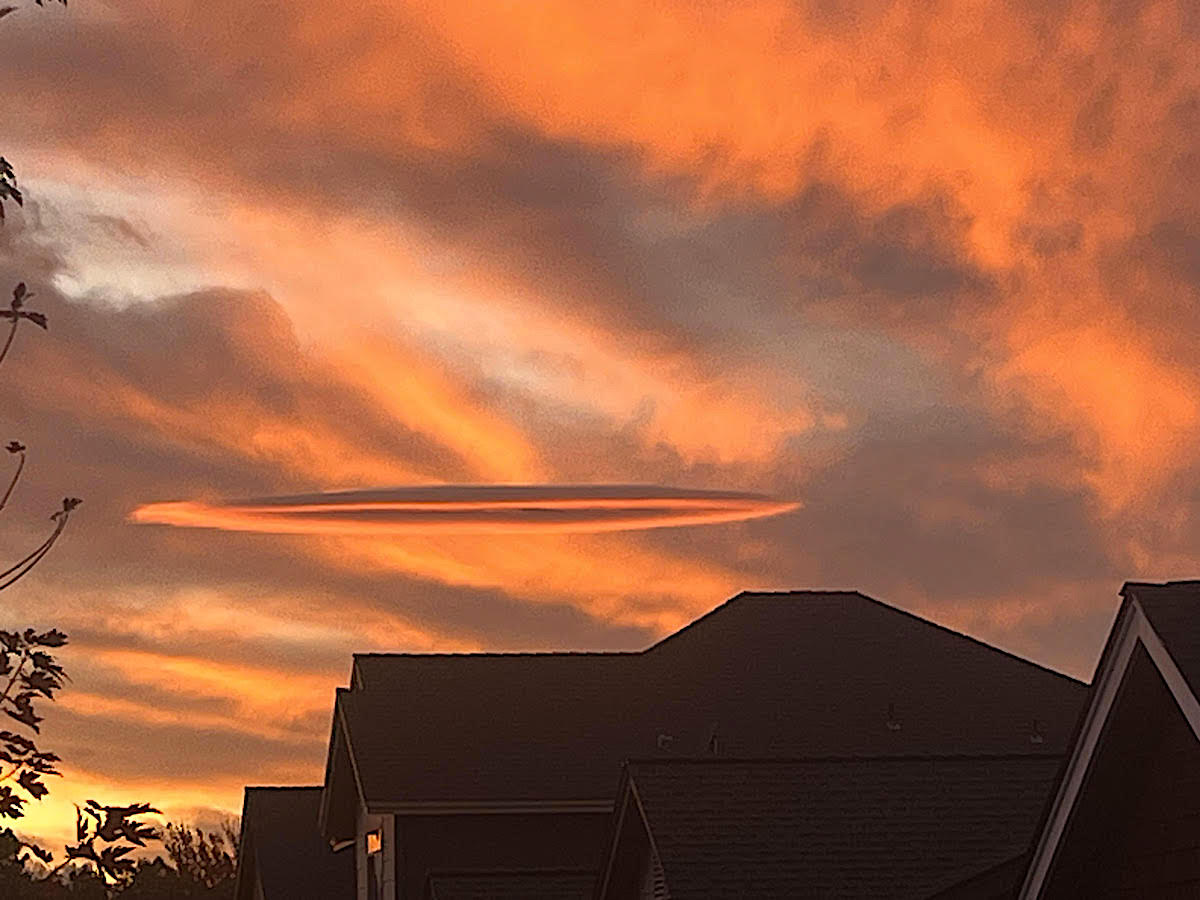
Riding the engulfing wave of mystery, miracles and misinformation regarding UFO sightings in the world, a voluminous new 500-page examination of the phenomena hits bookstores today (Nov. 14) — and we've got an exclusive author interview to share.
"UFO: The Inside Story of the U.S. Government's Search for Alien Life Here — and Out There" comes from Garrett M. Graff, the New York Times bestselling author of "Raven Rock," "The Only Plane in the Sky," and a distinguished Pulitzer Prize finalist for "Watergate: A New History." "UFO" spans the period from the Atomic Age to the Cold War and into the Digital Age while trying to distinguish fact from fantasy amid the historical hysteria to offer more grounded explanations of UFO encounters.
The book is a comprehensive exploration of the U.S government's 75-year subterfuge regarding the existence or non-existence of unidentified anomalous phenomena (UAP) since the flying saucer fervor began in summer of 1947 with the infamous Roswell Incident.
Related: NASA UFO report finds no evidence of 'extraterrestrial origin' for UAP sightings

Here's an excerpt from the official description:
"Drawing from original archival research, declassified documents, and interviews with senior intelligence and military officials, Graff brings every moment of this extraordinary quest to life, transporting readers from secret military meetings and congressional hearings, where the validity of the search is debated, to the cluttered offices of UFOlogists and hoaxers determined to see the truth revealed, remote observatories where astronomers monitor the stars, and even the halls of the White House, where staffers and presidents alike eagerly await answers. Filled with twists and turns, and populated by an unforgettable cast of characters, 'UFO' is a thrilling story of science, national security, the secrets of space, and the enduring mysteries of the universe."

Space.com: What set you off on this UFO quest down an uncanny rabbit hole?
Garrett Graff: This really began for me in December of 2020, when John Brennan gave an interview for "Radar" in D.C. He said that, "Yeah, there's some weird stuff up there flying around and we don’t know what it is." That stuck out for me because John Brennan is someone who'd spent a decade at the top of the U.S intelligence community. He'd been CIA director, White House homeland security advisor and a career intelligence officer. There can't be too many things in his life that are mysteries. The fact that he was puzzled by all of this made me interested in diving into this subject more. This was in the midst of the reporting by The New York Times and Politico around the Pentagon's UFO work. It seemed like there was a moment worth looking into about the truth behind the government's hunt for alien life.
Space.com: With logical explanations behind most UFO sightings offered by qualified experts, why do people still rush to fantastical reasons for seeing strange lights and unknown aircraft?
Graff: The vast majority, whether that's 90%, 99% or 99.9%, of these things are explainable with more or better data. A huge percentage of UFO sightings over hundreds if not thousands of years are simply the planet Venus or a meteor shower or a satellite coming up over the horizon. But, at the same time, there's some chunk that are truly unexplainable, either because we don't have the science yet to understand them, or because there's some secret or mystery shrouding the sighting. The government itself is stumped by a chunk of this, and, to me, interest in this topic lies in that tiny fraction that's not an easily explainable case of mistaken identity.
Related: NASA UFO report finds no evidence of 'extraterrestrial origin' for UAP sightings

Space.com: What are any revelations you discovered researching this book?
Graff: Part of what was so fascination writing this book was realizing how much of the story of UFOs and flying saucerdom is the story of early anxieties of the Cold War and the Nuclear Age. It's so intertwined with political and security anxieties, decade by decade, generation by generation, and the way that shapes the government's reaction. Many of those flying saucer and alien invasion movies of the 1950s are basically invasion allegories of the Cold War. What's fun to me about this topic is understanding just how much of the story of UFOs is the story of people on Earth.
A big part of the challenge about writing a book about UFOs is the question everyone has when reading a book on UFOs: Is this something or nothing? It's challenging as a writer to try to tackle a story where at the core of it you don't know if some of these witnesses are telling the truth. Is everyone lying? Is everyone mistaken?
I think the answer is a little bit of everything.

Space.com: How did writing this detailed retrospective change you as an author and a person?
Graff: I came into the subject with an open mind, and I finished the research and conversations I had around it being open to a much wider range of possibilities than I thought going into it. The science in so much of this is new and evolving and changing that I think we have a lot more to learn to figure out how much is a secret and how much of it is a mystery. We have to be humble about the limits of our current human knowledge and the weirdness of the universe beyond.
I dedicated the book to my son. He's two. I hope that the book inspires curiosity and wonder. The parts I was most excited about writing and researching are the ones that most stretch our understanding of our place in the universe, the size and scope and scale of the universe. I'm hoping readers will come away inspired by the miracle and fragility of life and the possibility, or probability, that life exists elsewhere.
"UFO: The Inside Story of the US Government's Search for Alien Life Here — and Out There" will be released on Nov. 14.







